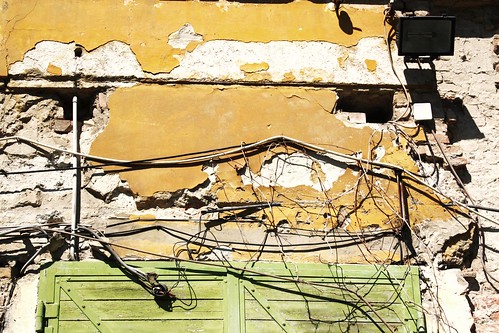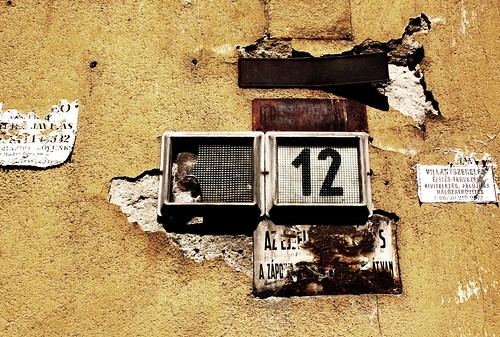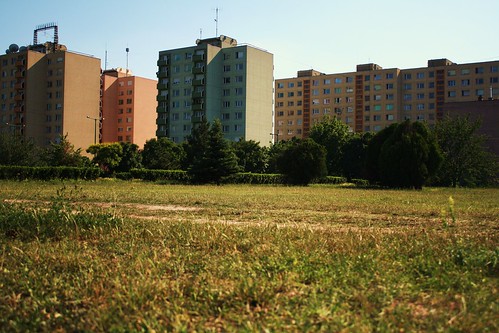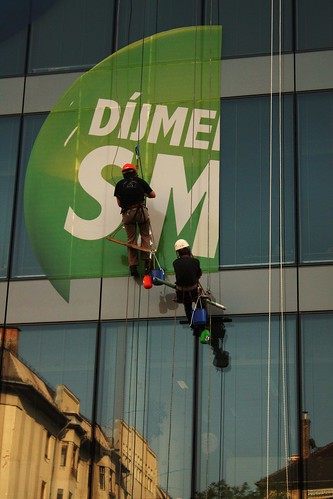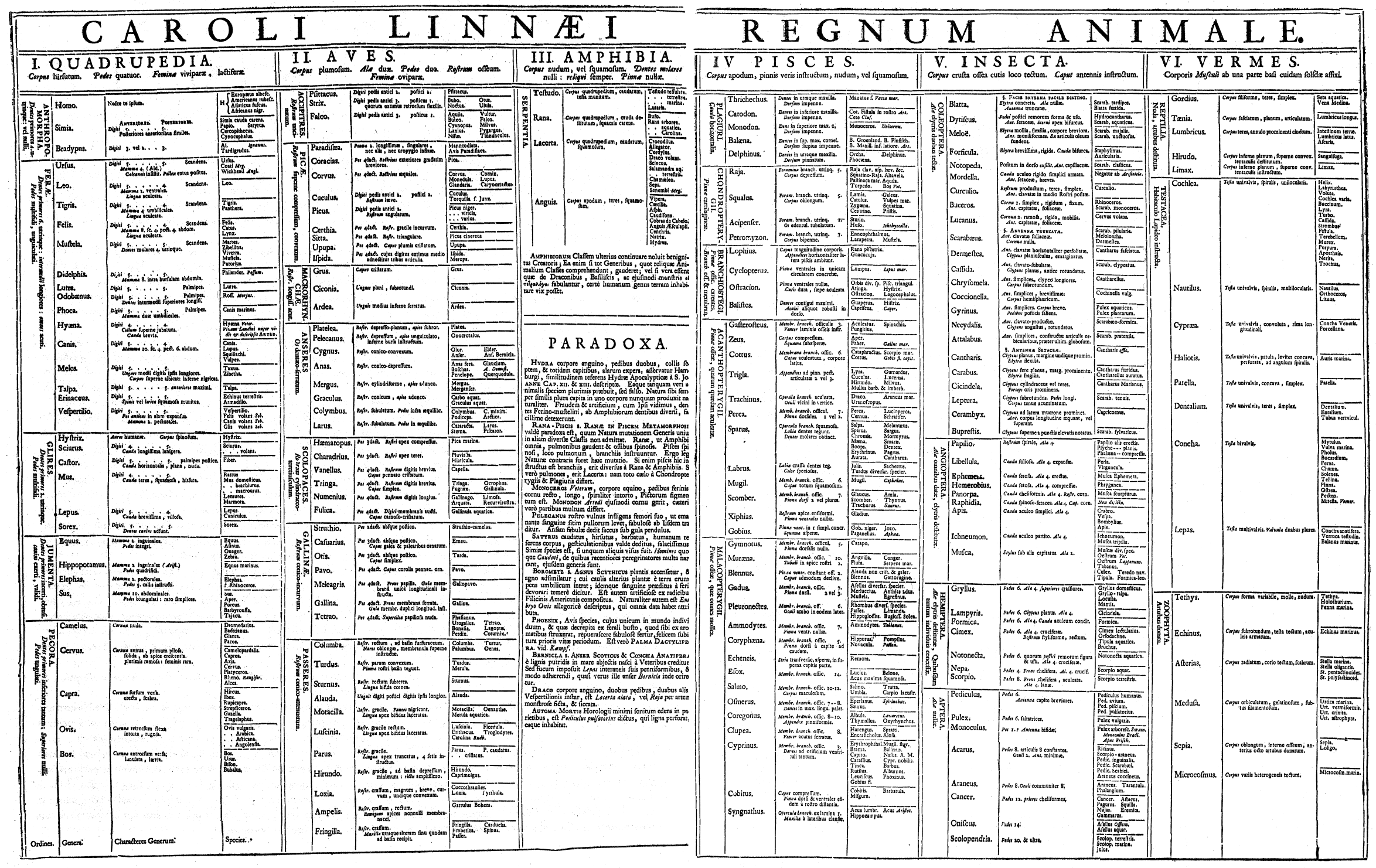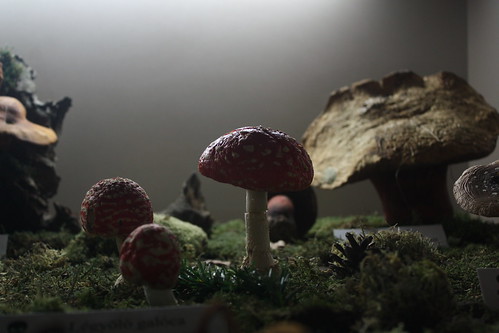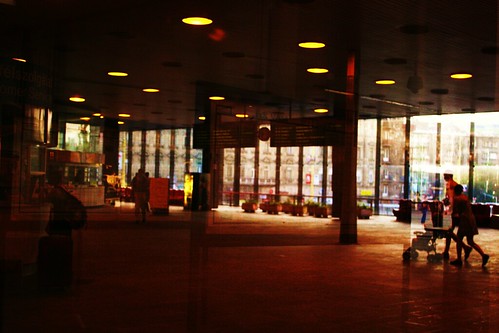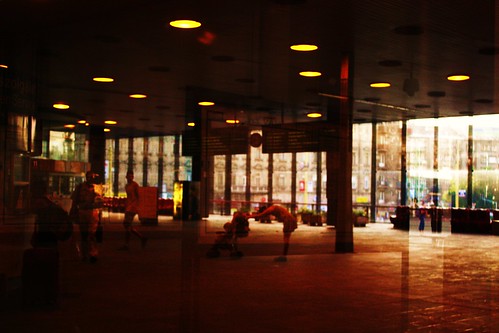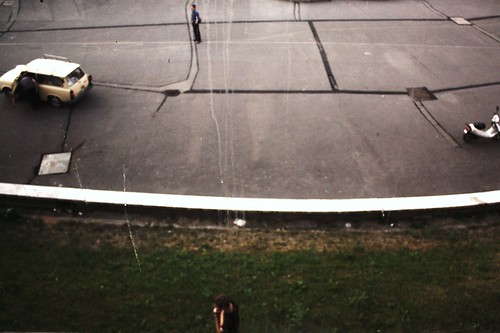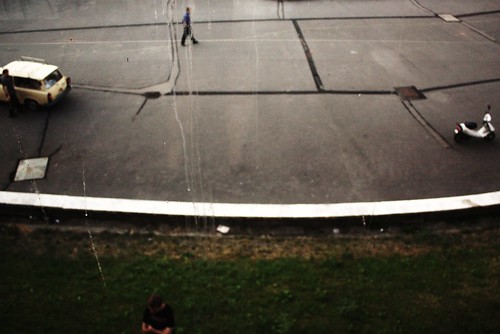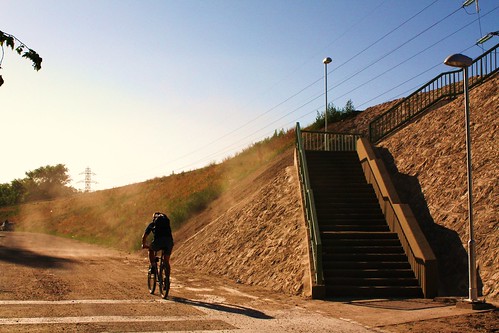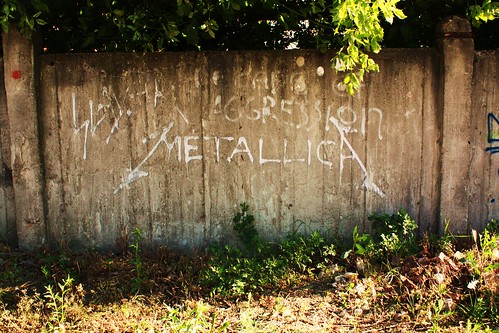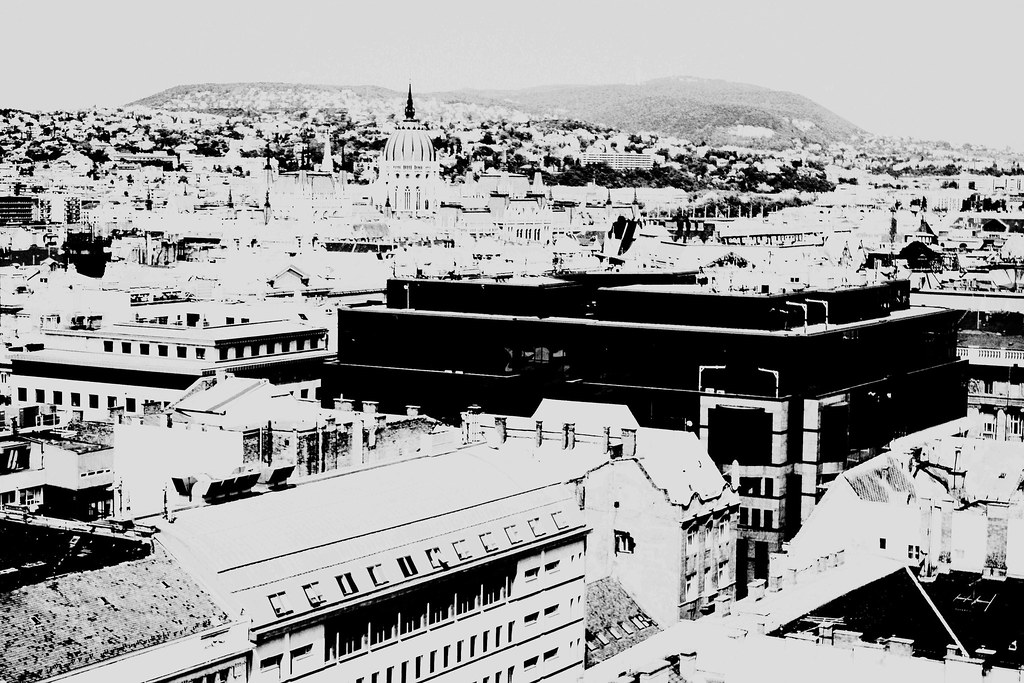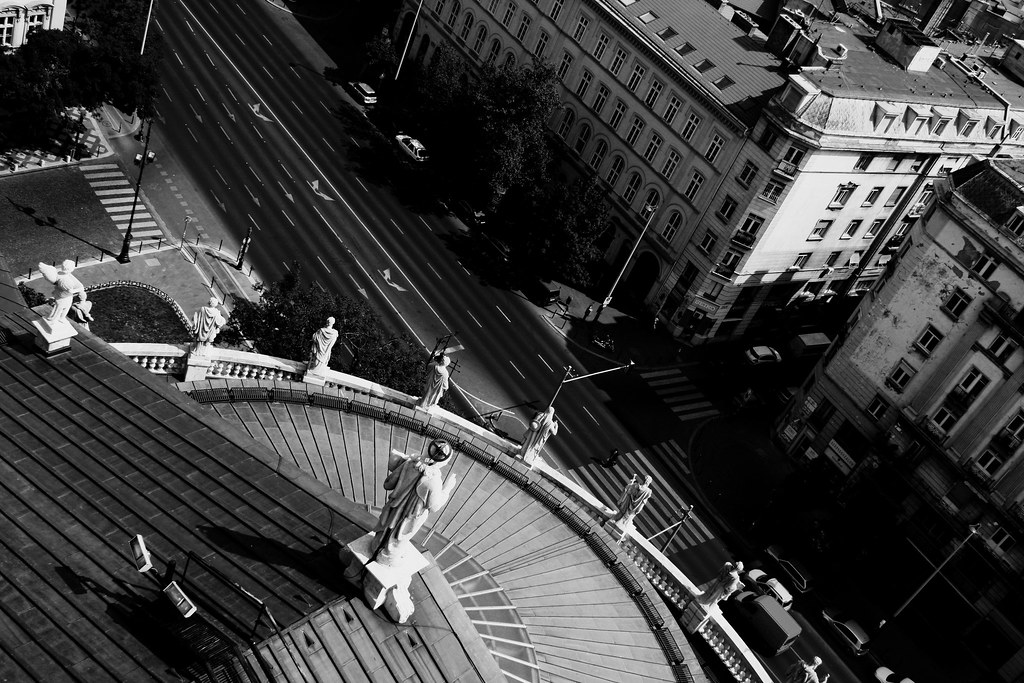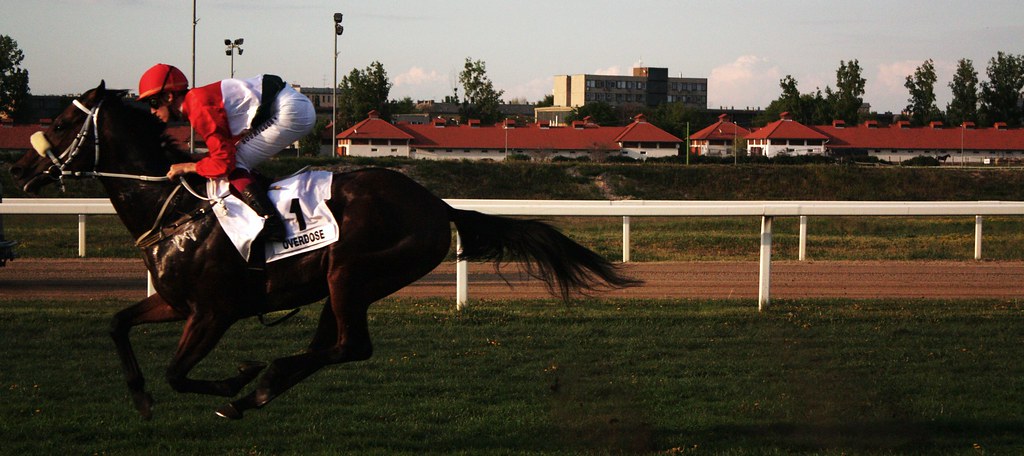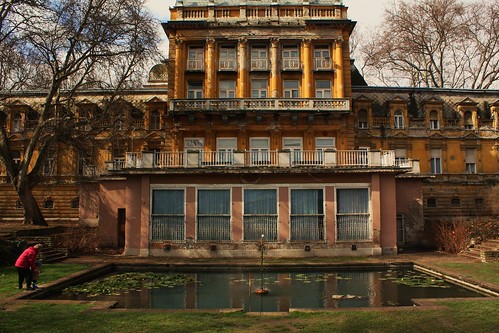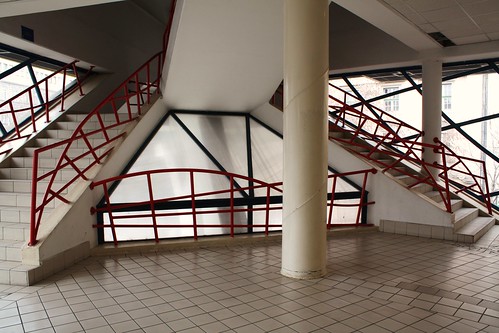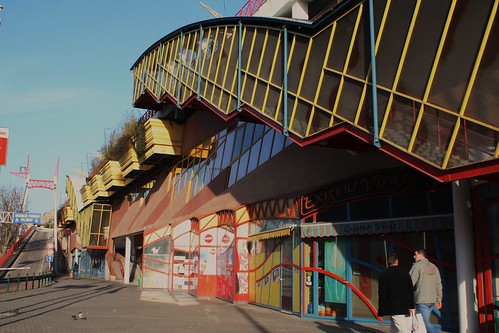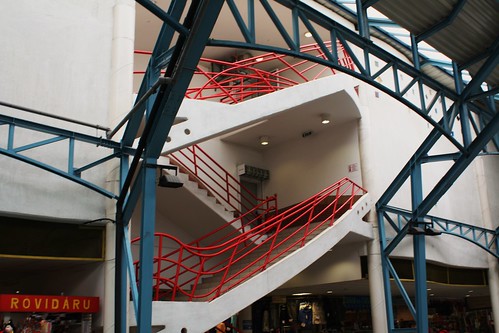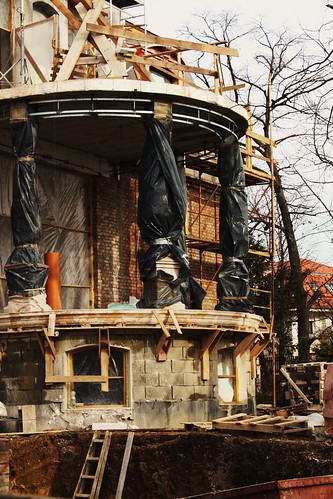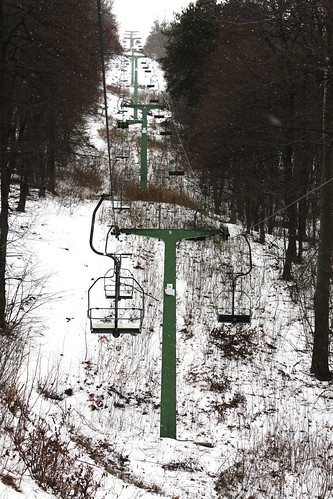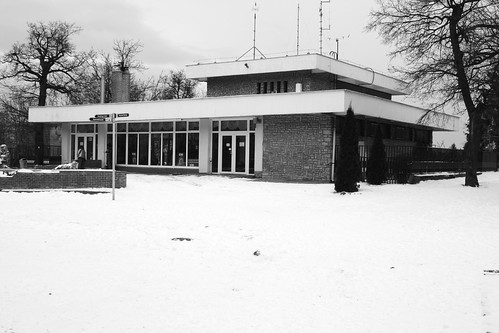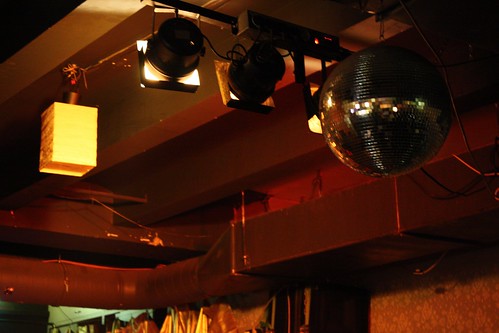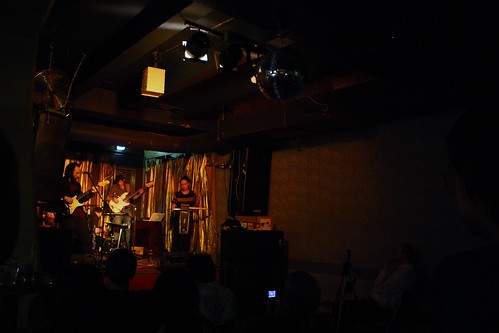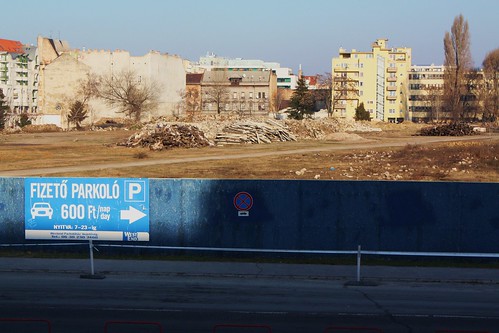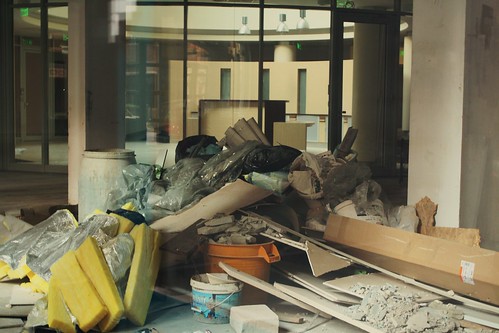Hundreds of column inches are devoted to prodding the mystique of what those that write for a living do all day. I'm thinking particularly of those picturesque writers' profiles in the Guardian Review, often accompanied by a photograph of the writer's desk: usually Habitat-level or above( or junk shop and artfully worn), framed by postcards and tasteful, not-too-distracting bits of art, perhaps the odd, intruding piece of domestic detritus. Writing, by these accounts, is comfortably incorporated into the day thus: one rises at seven, and is shuffling papers at her desk by eight, exhales the necessary 500-100 words by lunchtime and has the rest of the day free.
Well, in my experience, its not quite like that. Writing for a living (and a very bitty sort of "living" at that), for me, happens along a daily line of most resistance. Its a myopic, time-shrinking thing, marked only by the irregular peaks of hammering a thought into a just-about-satisfactory expression, a half-decent paragraph. It's pacing, always overdoing the coffee and always falling asleep to the sound of a book (hopefully paperback) falling on your head. The commercial writing I do (which just-about comprises my actual "living"), however, is a wholly different matter. Its nigglingly riddly, but neat in the end, it grants the rewards of sudden expertise on subjects well outside your usual remit. If you're pervy that way, you might even get a kick out of it.
Thank God, then, for getting out of the house. In Budapest, it's quite permissible to move your home office operations (that's a term I use to describe my yellow laptop, "Bigbird", my pencil case and my kettle) wholesale to the nearest café. This is Central European café culture for you and, happily, it has granted my working day a welcome semblance of sanity - even productivity - at last. After all, under the scrutiny of twenty others engaged in their own similar pursuits, napping, pacing, growling at the computer screen and systematically splintering your arsenal of freshly-sharpened pencils with your teeth doesn't seem quite right.
In Budapest's Golden Era, cafés served a similar purpose to the gentleman's club. Here's John Lukács' description from his very atmospheric
Budapest 1900:
One could sit for hours over a cup of coffee, with a glass of water frequently replenished by a boy-waiter, and avail oneself of a variety of local and foreign newspapers and journals hanging on bamboo racks. One could send and receive messages from the coffeehouse. Free paper, pen and ink were available there... At a particular table - their reservation was sacrosanct - this or that group of journalists, playwrights, or sculptors and painters would congregate, usually presided over by one or two leading figures... In those frequented by journalists and writers the headwaiters (some of whom were celebrated for their knowledge of literature) kept sheaves of long white sheets of paper available to any writer who chose to compose his article or essay there. These headwaiters were also the courses of tips of the turf, of useful gossip, an - more useful to writers - of extension of credit as well as occasional loans of petty cash.
These days, sadly the fringe benefits have gone, but the spirit's still there. In fact, I'm pecking away at my keyboard here in Szoda, just around the corner from my apartment in the VIIth. Though the music policy might be called questionable, its a damned sight better than sixth form smokers corner at Café Nero in Norwich.
If, by some mischance, you've stumbled upon this post looking for useful information, here are my picks for if you're toting a decent book, writing your memoirs or have to edit a 10,000 word business report "by close of play today" (yeuch!):
SirályKirály utca 50.
This place positively invites repurposing into an office, ersatz HQ or a classroom. In the sea of tables upstairs I've seen English lessons conducted and regular meetings of what looks (and sounds) like some particularly fiery and well-subscribed Students Union society.
Jelen
Blaha Lujza tér 1-2,
Big and barn-ish, there are nice, big tables here to liberally sprinkle the contents of your bag over.
Ibolya Presszo
Ferenciek tere 5.
Where ELTE students, squirreling away at the library opposite, go for their tea break. Also, strange cushioned around out the back, if you need a lie down.
Muzeum CukrászdaMuzeum körút 10
And finally, a good bet for afternoons when you're full of good intentions but know that, in fact, all routes inevitably lead to egy korsó sor, kerem. That is, this place serves coffee, but also booze, cake and is open 24 hours.
By no means feel restricted by this list, however. I've seen people, four pints in, whip out their laptops to deal with some urgent correspondence in the middle of a heaving Saturday night out at Szimplakert.

